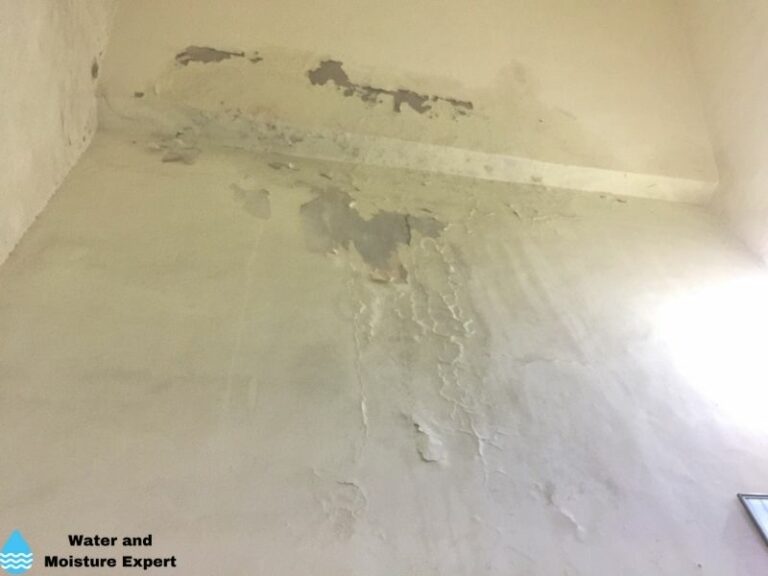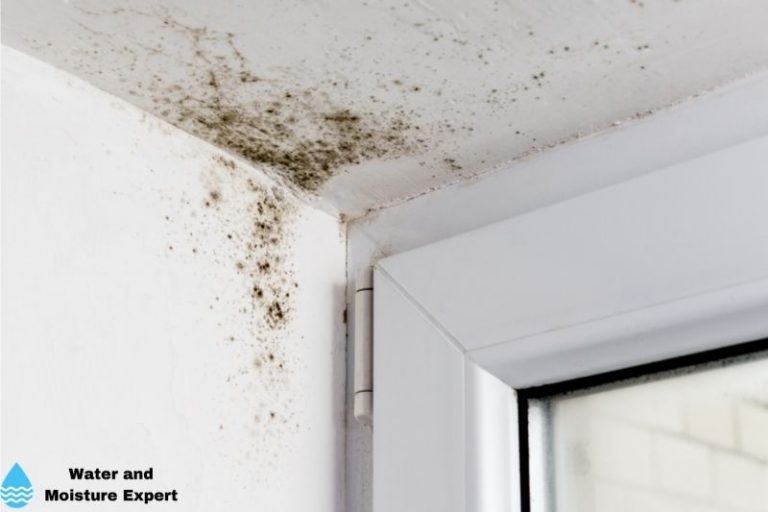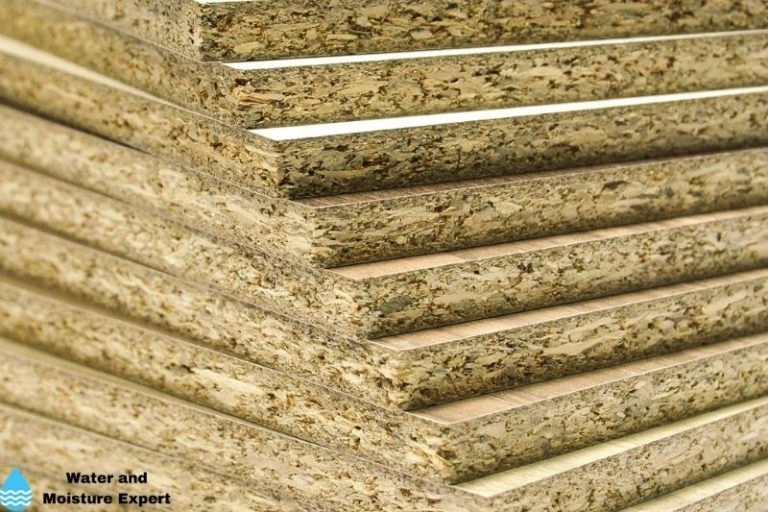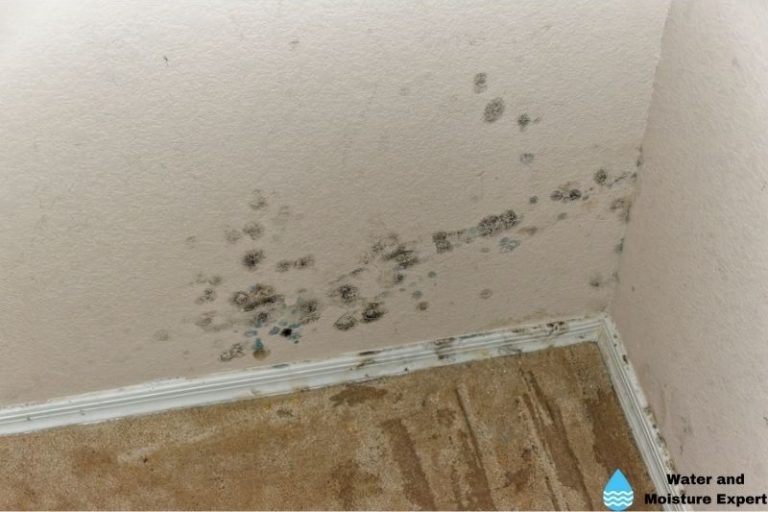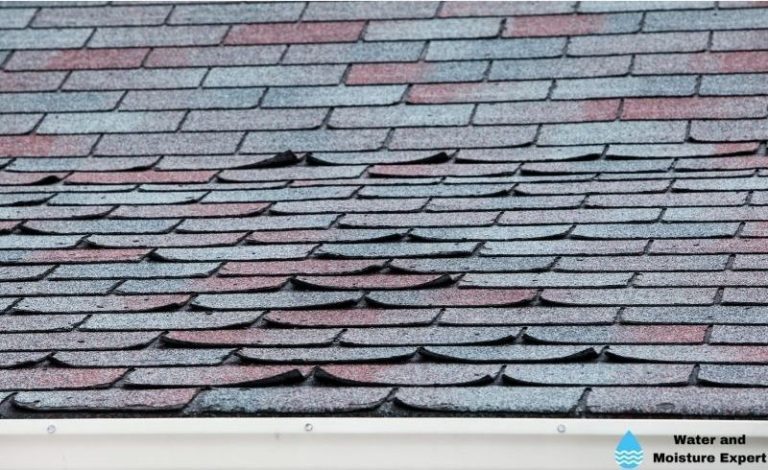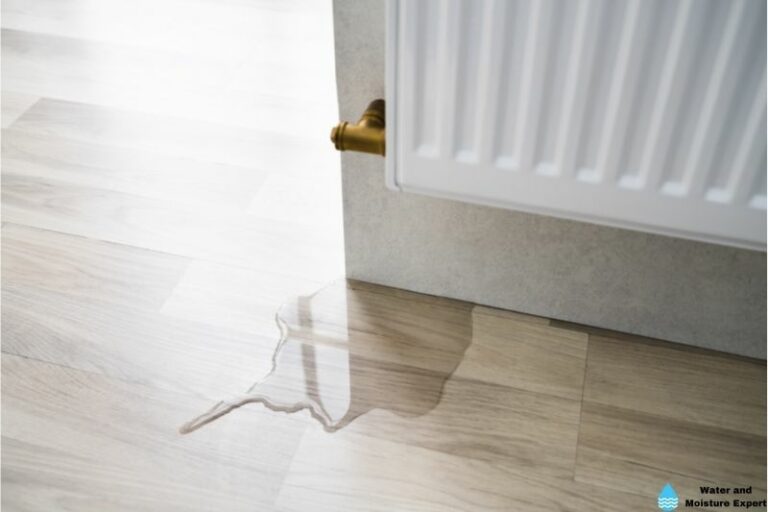Water Damage Behind Bathroom. Tips from Professionals
Bathrooms are the areas of the home that have the highest chance of water damage because there is a lot of water there. Showers can leak, sinks can leak, toilets can overflow, and all the water could end up putting your walls and floors at risk. If you notice water damage in your bathroom, be sure to follow these tips from professionals to help you make your repairs properly and save your bathroom.
Water Damage Behind Bathroom
Water damage behind the bathroom can be challenging to spot, particularly when using tiles. The first step is to find the leak and fix it. When fixed, remove the damaged area and check for mold. Mold can start in 24 hours under ideal conditions. Let the area dry completely, and replace the damaged area.
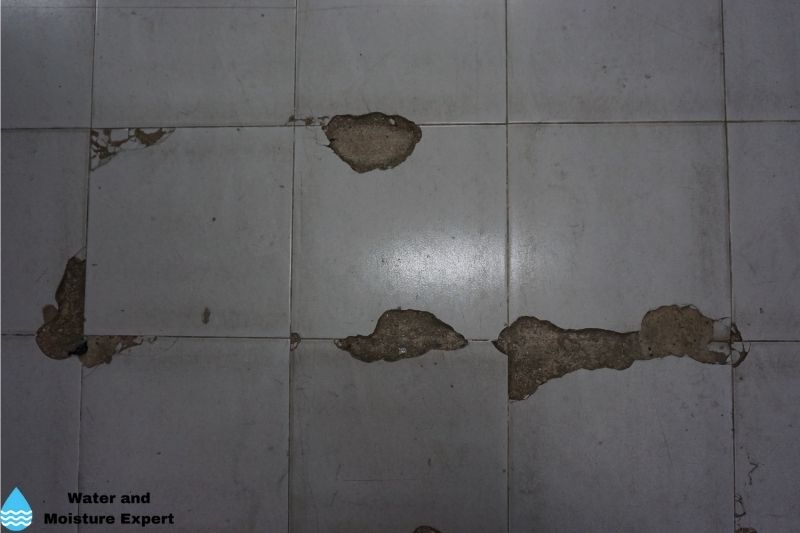
This blog post will explain how you can fix a water-damaged bathroom wall. How you can tell if there is water behind tiles, and how to fix water behind tiles. I will also answer some frequently asked questions, like if water can leak through tile grout or if water can cause tile cracking.
Contents
- 1 Water Damage Behind the Bathroom
- 2 How Do You Fix A Water Damaged Bathroom Wall?
- 3 How Do You Know If Water Is Behind Tile?
- 4 How Do You Fix Water Behind Tiles?
- 5 How Can You Tell If There Is Moisture Behind Tile?
- 6 How Do You Keep Water From Getting Behind Tiles?
- 7 Can Water Leak Through Tile Grout?
- 8 Can Tile Crack From Water Damage?
- 9 What Happens If Tile Adhesive Gets Wet?
- 10 Can Water Cause Damage To Tile Floors?
Water Damage Behind the Bathroom
Tile walls and floors may seem like the best option for bathrooms because the tiles are water-repellent, but tiles can still allow water to get through. If the grout is not installed correctly or if the tiles get cracked or loose, it can easily let water get inside and ruin the drywall or subfloor. If you notice your tiles are damaged or if you suspect there may be some water damage. It’s important to work on repairing the water damage and broken tiles to avoid more severe issues that could result from the water behind the tile.
How Do You Fix A Water Damaged Bathroom Wall?
Bathrooms are one of the rooms in a home that are the most likely to have water damage. Sometimes pipes can burst, or shower water can leak from the tub. If you notice a wall in the bathroom is damaged, follow these steps to fix it.
● Step 1: Find The Leak
Before you make any repairs on your bathroom walls, you will need to find the source of the leak and make sure it is repaired. There is no reason to fix a water-damaged wall if there is still water leaking in the bathroom, as it will just ruin the wall again.
● Step 2: Remove The Damaged Area
Remove the part of the wall that is damaged. Cut it out in a square shape and set it aside. If there is any wet or damaged trim, you may need to take it off so you can see the wall and make the necessary repairs.
● Step 3: Check For Mold
If water has been leaking in your bathroom, there is always a chance that mold may be growing there. Mold can start in 24 hours under ideal conditions. Always check behind the walls and around the floor. If you find mold, it’s best to hire a mold remediation expert to remove it before continuing your repairs.
● Step 4: Replace The Damaged Section
When the whole area is dry, use drywall to replace the wall section that had to be removed. Make sure you cut the drywall to fit the space that was cut for removal. Add mud to the drywall and wait for it to dry. Add a layer of drywall tape over the mud and then the second layer of mud.
● Step 5: Sanding
Sand down the mud that covers the gaps in the drywall. Be sure to sand until the drywall is smooth and appears to be level. If you notice any holes, you may need to add mud and second again until you can get a smooth surface.
● Step 6: Painting
Once the wall surface is smooth and prepared, you can paint or finish the walls as desired. You may need to add some primer before you paint the walls to ensure the paint adheres and has a smooth finish.
How Do You Know If Water Is Behind Tile?
If you have a leak but your walls are tile, it can take longer for the signs of water damage to become noticeable. There are some signs that you can watch for. If you suspect your bathroom may have water behind the tiles, be sure to watch for some of these signs:
- Loose tiles
- Missing grout
- Tiles that feel soft
- Cracked tiles
- Stains on tiles
If you expect a water issue, you could remove one tile to see how it looks under the tile. Carefully remove the grout, and try to loosen the tile. For these occasions, I always recommend keeping some spare tiles.
How Do You Fix Water Behind Tiles?
If you notice that your tiles have water behind them, there could be water damage to your walls and the structure of your home. It’s best to make repairs as soon as possible to avoid more severe damage and expenses.
Follow these steps to make the repairs:
● Step 1: Assess The Damage
You will need to check the shower or bathroom walls to see if there are any loose or missing tiles. This will give you an idea of how severe the damage is and what parts you need to replace first.
● Step 2: Remove The Tile
You will need to remove the tiles to see how bad the damage is and how much of the wall behind the tile is damaged. First, remove as much grout as possible. Then you will have to start popping off each tile one by one. You can use a chisel to remove the tiles. If you plan to reuse the tiles, you will need to soak them in warm, soapy water to clean off any debris.
● Step 3: Remove Damaged Drywall and dry
If the drywall behind the wall is damaged, you will need to remove the damaged areas. You can cut square sections away. Check for mold and structure damage signs while you have the drywall removed.
After you have removed the damaged area, let it dry entirely. Open doors and windows, use a fan to improve the ventilation. You can also use a dehumidifier to speed up the drying process.
You can use a residential dehumidifier, but I always recommend renting commercial dehumidifiers. They can remove a lot more water per hour than a residential dehumidifier.
A dehumidifier pulls in the moisture from the air and dries it out to release dry air back into the room. When used with a fan, this can be highly effective at drying out the area quickly.
● Step 4: Patch The Drywall
Cut a new section of drywall and use it to patch the parts you removed from the wall. You will need to mud it too. Since the tiles will cover the drywall, you don’t necessarily need to worry about how it looks. You do need to make sure the wall is smooth and level, so the tiles will adhere properly and be even.
● Step 5: Reapply The Tiles
Once your tiles are clean, or if you have new tiles, you can apply them to the wall. You will need to use mud to adhere them to the wall and apply grout between them. Allow them to dry before you turn on the shower or run any water that could splash against the tiles.
How Can You Tell If There Is Moisture Behind Tile?
It is not uncommon for tile to have moisture behind it. You may not be able to notice it at first, but once the moisture has started to cause damage, it will become more apparent. Here are some ways you can check for moisture behind tiles:
● Moisture Behind Tile: Smell The Room
Sometimes you can smell moisture before you can see it. If you notice the room has a musty smell, you may have some moisture in your walls and behind your tiles.
● Moisture Behind Tile: Touch The Tile
Push on the tiles in the bathroom to see if they give at all. If there is moisture behind the tile, you may feel the wall behind it give in. It may be soft. You may also actually hear the water squishing between the tile and the wall.
● Moisture Behind Tile: Look For Loose Grout Or Tiles
If there is moisture behind the tiles, the wood or drywall behind them may be swollen and could be pressing against the tiles. This causes them to become loose and can also break away the grout that is between them.
How Do You Keep Water From Getting Behind Tiles?
The best way to keep water from getting behind tiles is to seal them. You can do this with a suitable waterproof tile sealant. It’s also important to ensure the tiles are properly spaced and grouted. If there are any cracks or gaps between them, there is always a risk that water could get behind them.
Can Water Leak Through Tile Grout?
If the grout fails or is not installed correctly, the shower and bath water can leak through. If you notice holes, spacing, cracks, or missing grout between your tiles, it should be replaced immediately. Water can build up inside the tile and cause damage to the wall and floor.
Can Tile Crack From Water Damage?
Tiles can crack from water damage. If there is water behind the tile or if the wall behind the tile is swollen with water it has absorbed, it can put pressure on the tile and cause them to crack. This can allow even more water to leak behind the wall and cause even more damage and problems.
What Happens If Tile Adhesive Gets Wet?
Many tile adhesives are made to withstand water, but some are water-soluble and will break down with wet. If the water gets behind the tile, it could prevent the tile from properly adhering to the wall. Proper grouting can help make it stronger and prevent water from getting behind the tile and causing problems.
Can Water Cause Damage To Tile Floors?
Water can easily break down a tile floor if it is left to stand too long. Or when the water is underneath the tiles. Water that leaks from a shower or has flooded a bathroom should be cleaned up as soon as possible. The longer the water sits, the more likely it will be to cause severe damage. It can soak down into the ground and get under the tile. It may cause the subfloor to expand, which could push up the tile floor and even cause problems with the walls.
Of course, this all depends on the type of subfloor, the type of grout, and your maintenance. If you have a concrete subfloor, there is less chance of damage. If you fix grout that is damaged or is getting loose, there is also a smaller chance of damage. Still, I always recommend removing any water after it is present on the floor.

